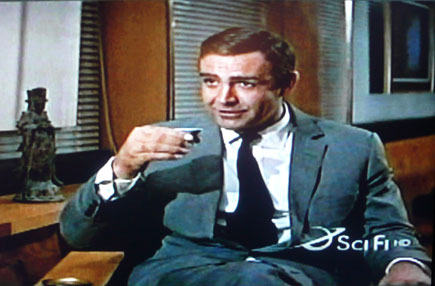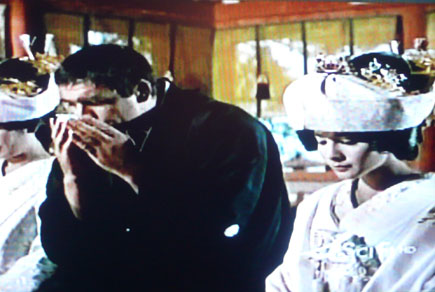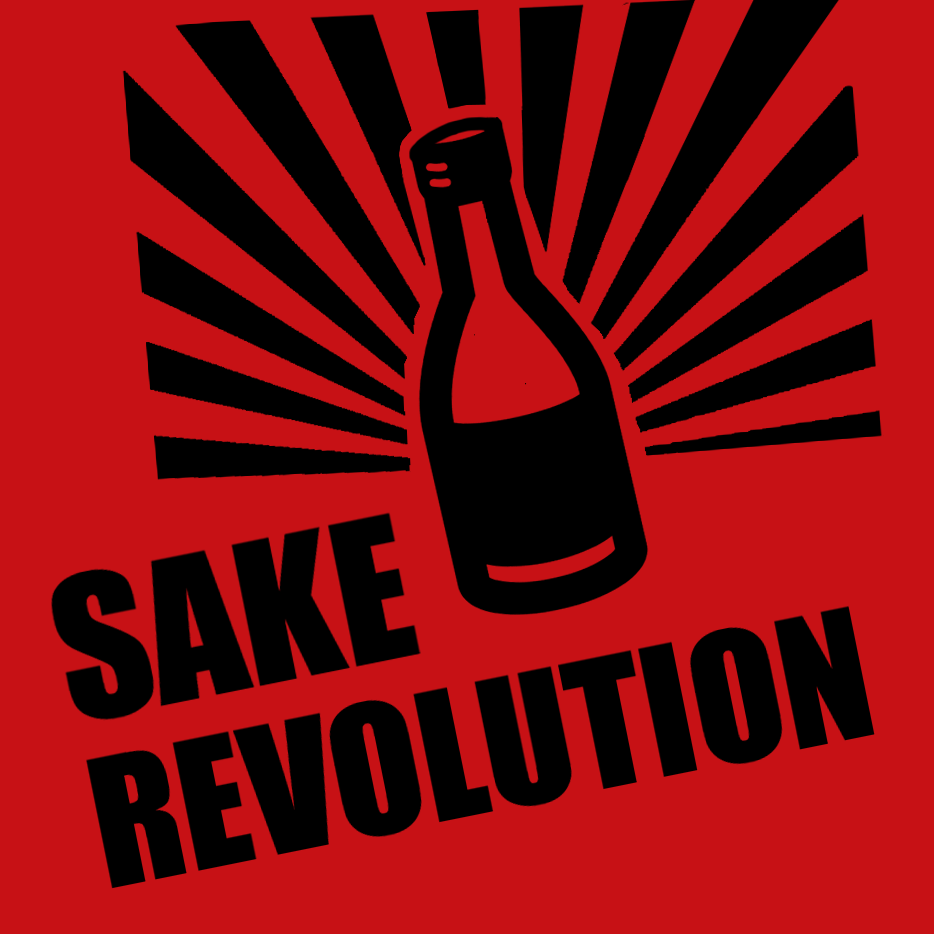007 on Sake: You Only Drink Twice
I recently saw a 1967 Japanese-themed James Bond film “You Only Live Twice” for the first time. This film takes place mostly in Japan and involves a complicated plot about an evil mastermind trying to provoke nuclear war between the Soviet Union and the United States. Viewed 40+ years after it’s initial release, this film comes across as ripe with cultural insensitivity, political incorrectness and male chauvinism. But in the go-go swinging 1960’s Bond-san’s Japanese shenanigans got good reviews and the film was a financial success…Oh, behave!
In the end, I think this film serves as an lens into how the outside world viewed Japanese culture at time it was made. Most interesting to me were the two brief scenes in “You Only Live Twice” that feature SAKE. There is actually a lot to learn here! Let’s break it down…
Sake Scene 1
 Tiger Tanaka: “Do you like Japanese sake, Mr. Bond? Or would you prefer a vodka martini?”
Tiger Tanaka: “Do you like Japanese sake, Mr. Bond? Or would you prefer a vodka martini?”
James Bond: “No, no. I like sake. [sip] Especially when it’s served at the correct temperature, 98.4 degrees Fahrenheit, like this is.”
Tiger Tanaka: “For a European, you are exceptionally cultivated.”
In this scene, Bond passes on this his signature martini and admits he likes sake. The interesting point to note here, is that the writers are attempting to make Bond sound worldly and sophisticated by having him know the proper heating temperature for hot sake.
But wait – “Isn’t hot sake considered bad, cheap, yucky sake?”, you ask.
Well, viewed historically, at the time this film was made (1967) all sake breweries were still fortifying their sake with distilled alcohol as a legacy of wartime rice shortages. As a result, serving sake hot to help ward off any sharp or unbalanced flavors made sense and was very common. Chilled premium sake as we know and love it today wasn’t really around.
It wasn’t until a year later, in 1968, that the first breweries started to again experiment with making Junmai “pure rice” sake (no distilled alcohol added). This was one very significant factor that ushered in the area, sometimes called the “Jizake Boom”, of smaller breweries crafting increasingly pure, elegant and refined sakes that are best served slightly chilled.
I’m sure James Bond today drinks his sake chilled to a perfect 58.2ºF! And in Bond-san’s defense, if you ARE choosing to warm premium sake, 98.4ºF is indeed a fantastic serving temperature. Warm sake can be delightful if done properly.
Sake Scene 2
 In this scene, James is supposedly “disguised” as a Japanese native by wearing a kimono and a wig. um… Please see my note above regarding cultural insensitivity.
In this scene, James is supposedly “disguised” as a Japanese native by wearing a kimono and a wig. um… Please see my note above regarding cultural insensitivity.
He is pretending to marry a Japanese girl to help himself blend in as he attempts to infiltrate the evil Mastermind’s lair. And yes, he does try to get busy with his fake bride before actually infiltrating the evil Mastermind’s lair. um… Please see my note above regarding male chauvinism.
This scene simply represents a Japanese wedding ceremony with the bride and groom sharing sake as a sign of joining their lives. This part of the Shinto wedding ceremony that involves sake is called “San-san-kudo”, which literally means “three, three, nine times”.
The groom and bride each take three sips from three sake cups. The Japanese Spy/Bride in this scene is shown correctly taking three sips from the sake cup. The Shinto Miko maidens who pour the sake in this film also fill the cup with three small pours. What’s up with all the “Threes”? Three is an advantageous number in Japan and is not divisible thereby symbolizing unity for the couple.
And why is sake used to seal the deal on a wedding? It is a hold-over from ancient times when consuming sake was seen as a link between the gods and the people. When performed for real and not by spies, it is a really beautiful and touching ceremony with deep roots in Japanese culture.
The name is Sake, Urban Sake.
If you haven’t seen it, renting “You Only Live Twice” may be worth a look and good for a few laughs. You can indulge in a little political incorrectness, examine perceived Japanese social mores of the 1960s, and learn a bit about sake along the way. Yeah, baby!


